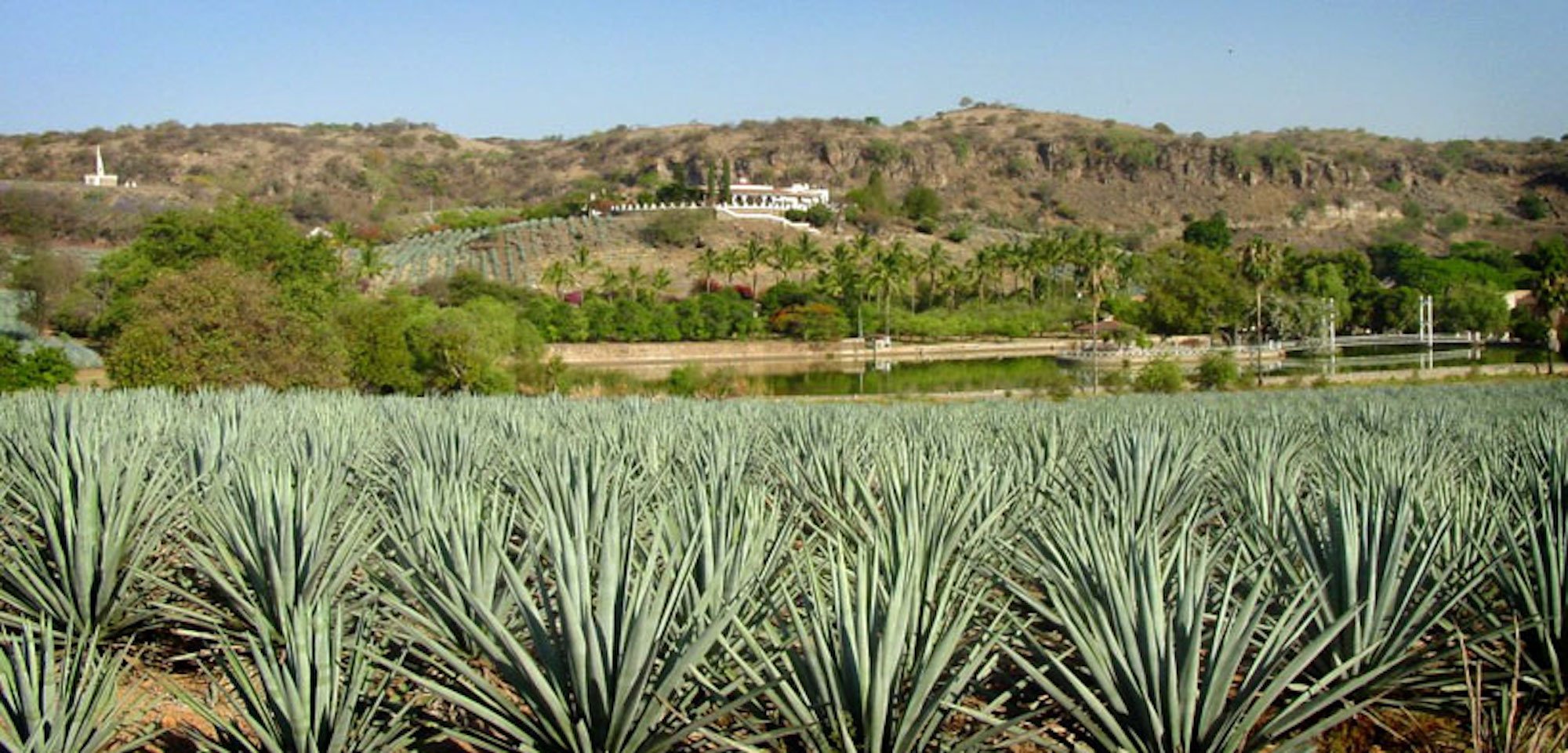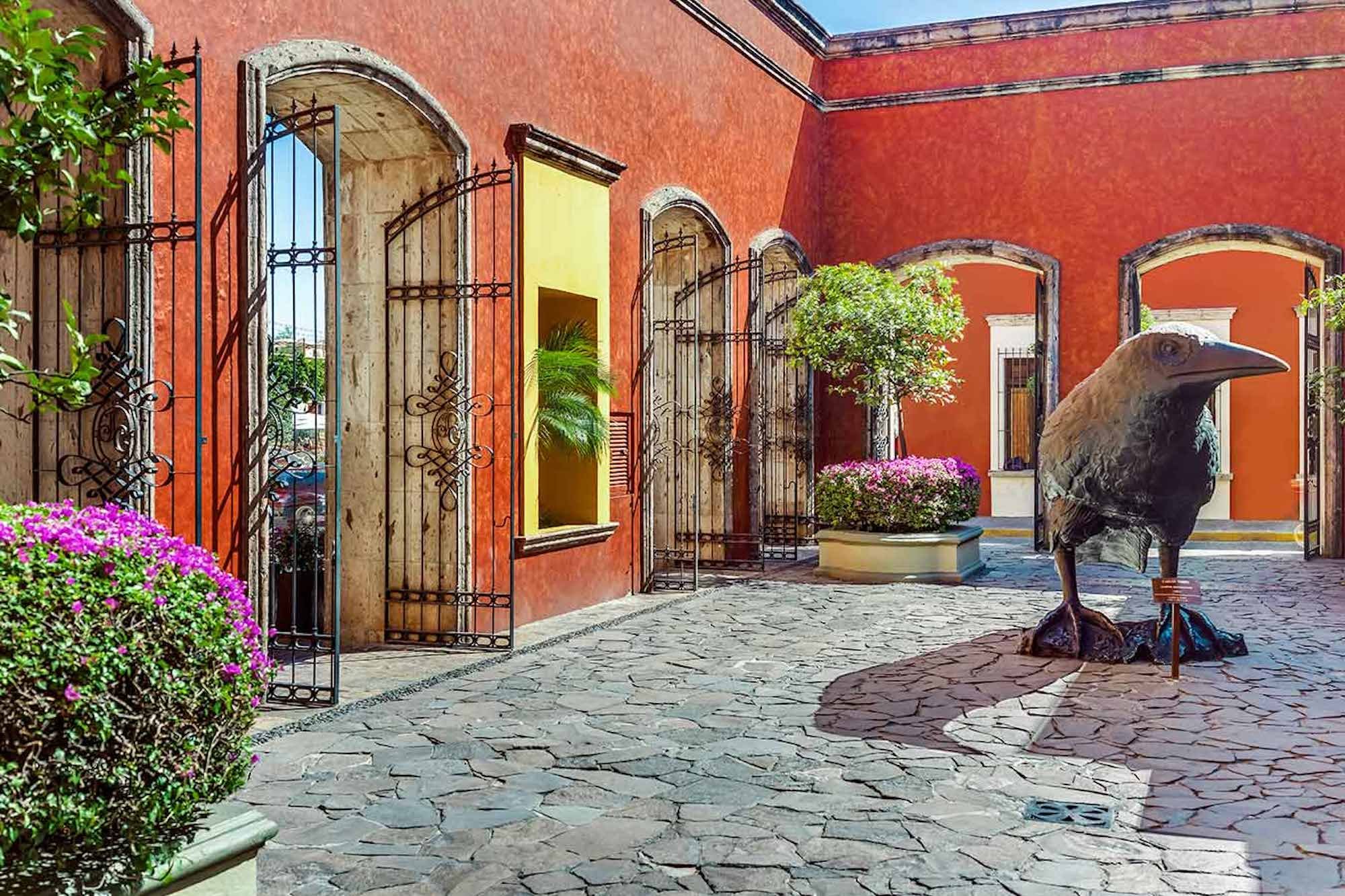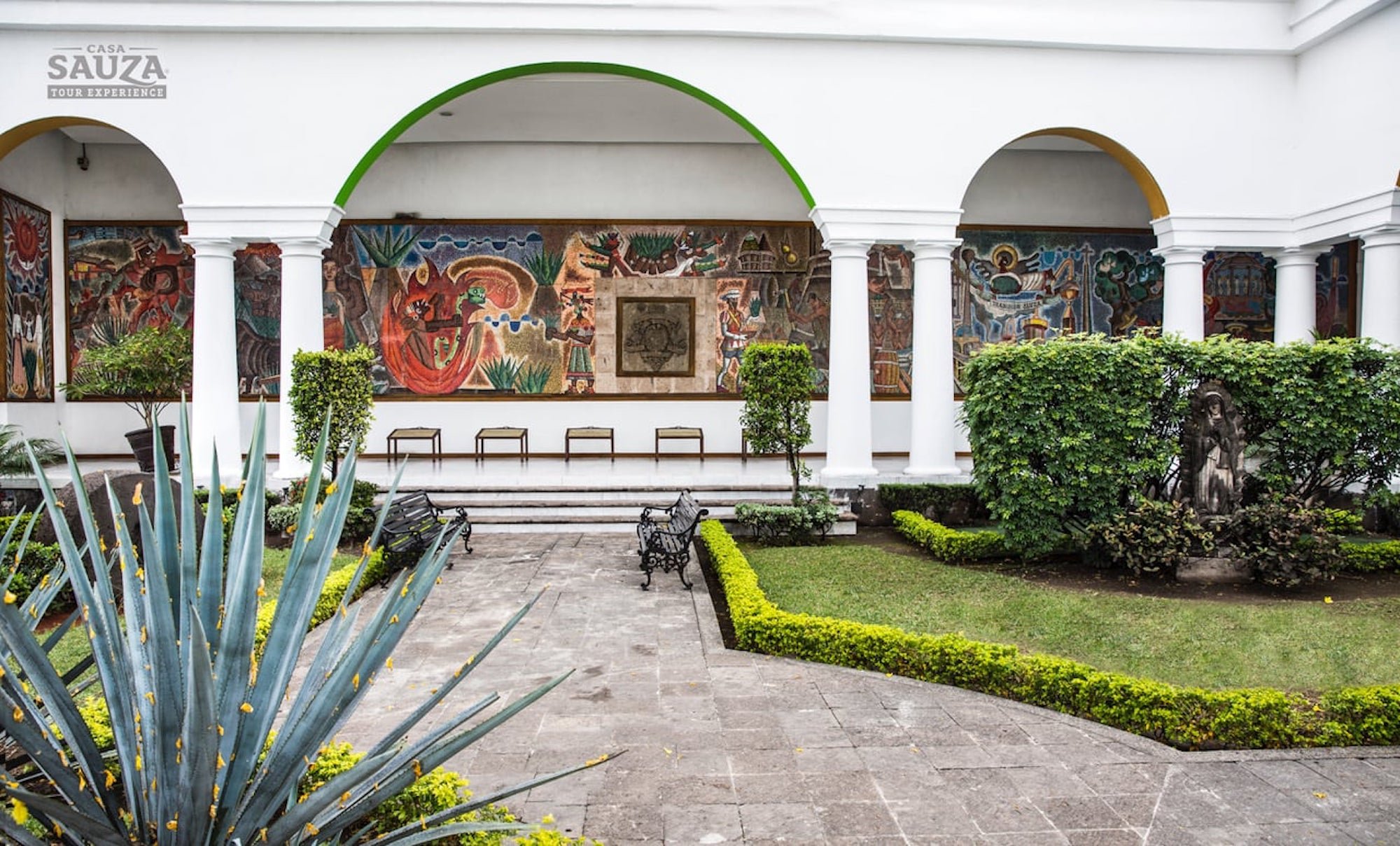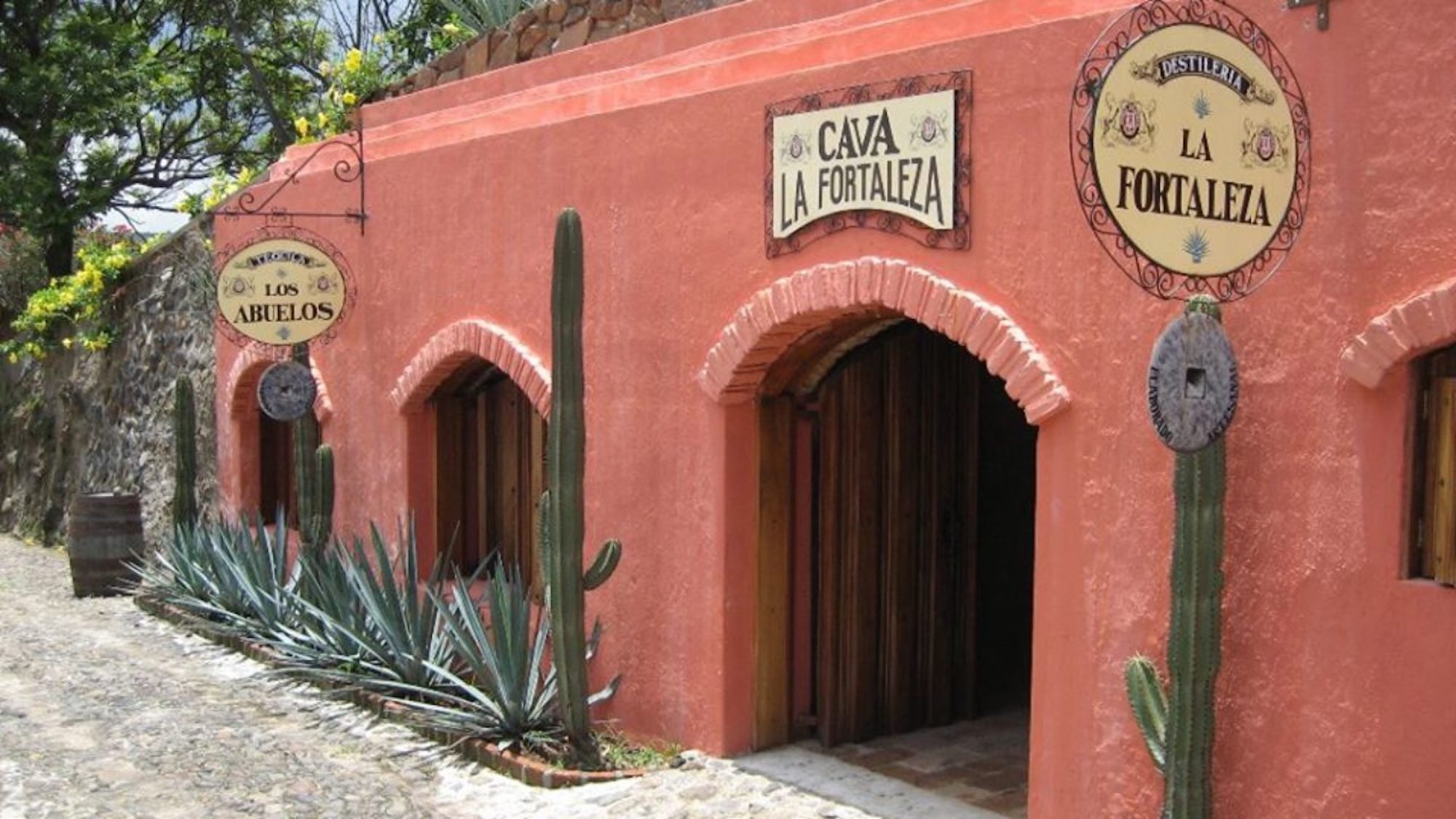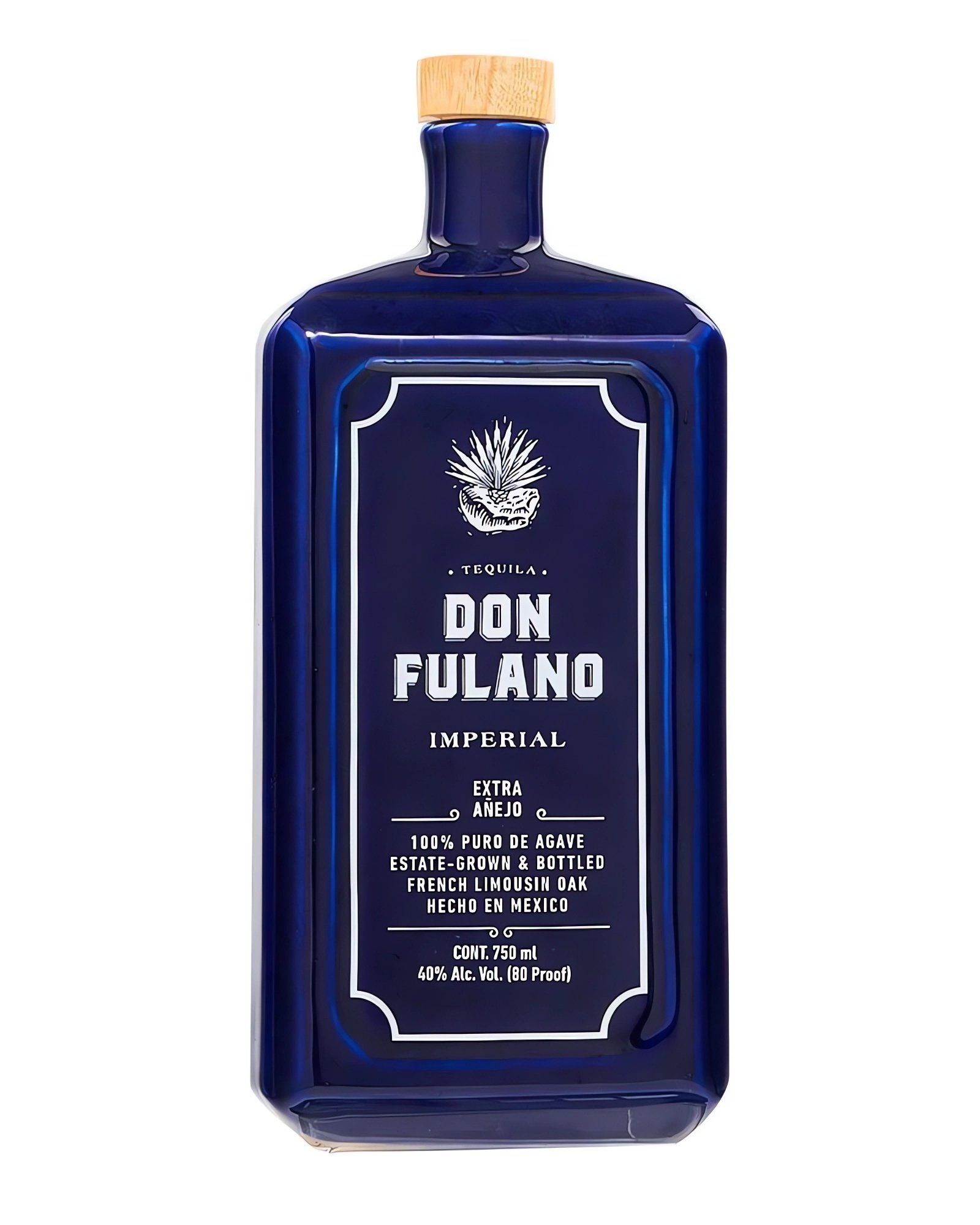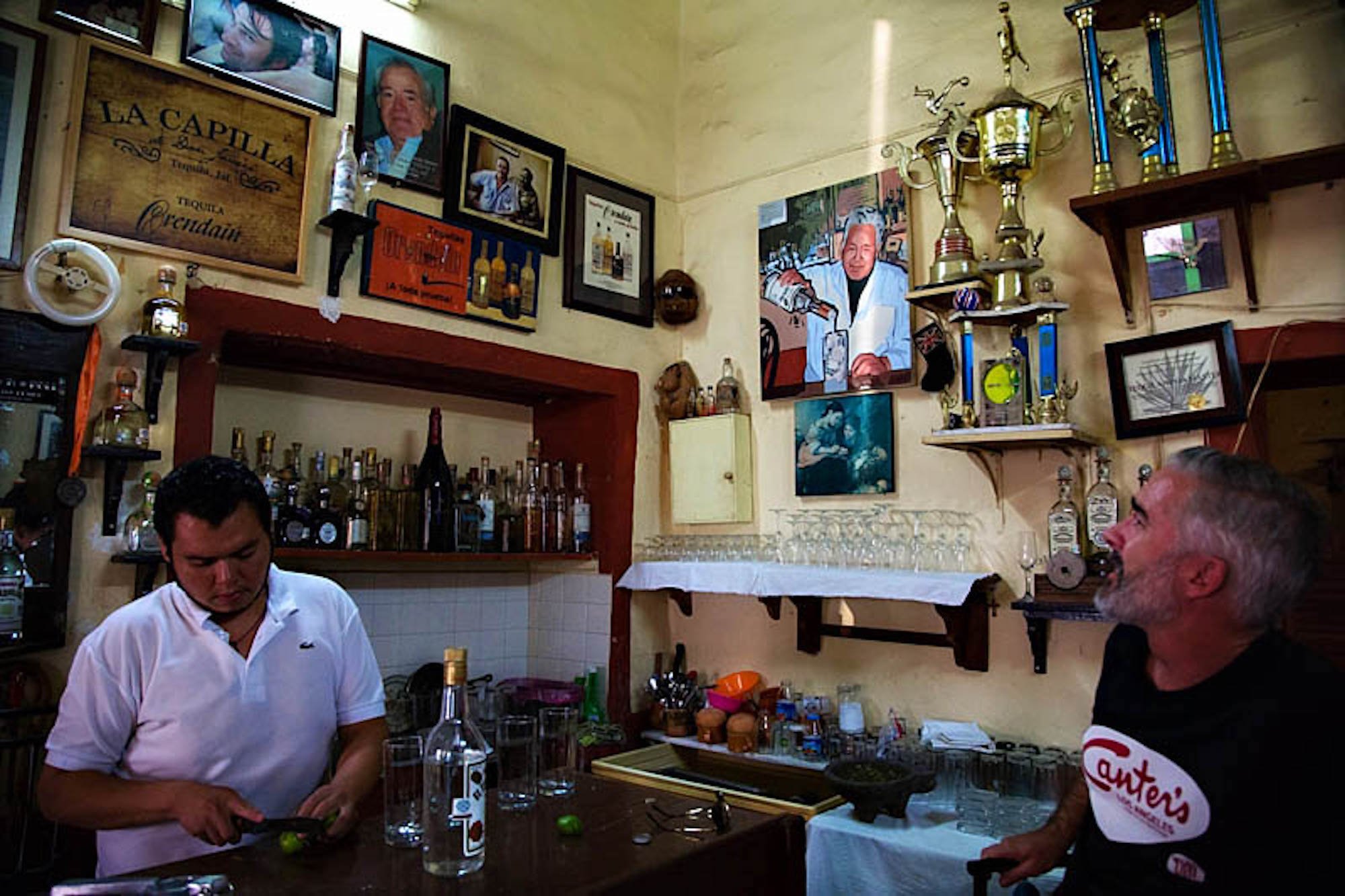Visiting Tequila? These Are the Best 5 Distilleries to Visit in the Namesake City
Fortaleza agave plants
By definition all tequila must be made in the Mexican state of Jalisco, an area encompassing about 30,000 square miles. Along with the popularity of the spirit itself, distillery tourism is an ever-growing part of the tequila industry, with numerous operators managing Tequila Route tours around Jalisco. If DIY is more your speed when it comes to tasting and touring, however, within Jalisco, Tequila is actually a small town from which our favorite spirit takes its name, and worthy of its own unique pilgrimage. A quirky, artsy city of 26,000 inhabitants about 40 miles from the state capital of Guadalajara, a visit to Tequila proper is a must for any true agave aficionado.
There are about 150 registered distilleries in all of Jalisco, of which about 20 reside in the namesake city and immediate area. Whether you’re interested in tequila history, distillery tours, cocktails, getting up close with the agave, or local favorites, here are 5 distilleries — and one very special bar — to visit when traveling to Tequila.
Cuervo La Rojena
The Cuervos and the Sauzas are the first families when it comes to tequila distilling, so it’s no surprise that you will find them both in the town of Tequila proper. Jose Cuervo is the oldest tequila brand in Latin America, founded in 1758. Aptly named “the reddish,” its Fábrica La Rojeña distillery in the city center of Tequila has been operational since 1812, making its tour something close to a tequila museum. Note the giant, namesake crow sculpture in the courtyard, (Cuervo = crow in Spanish, a symbol which was used to brand its original barrels,) as well as its impressive collection of antique buggies and trucks on the property.
Tours in English are offered three times daily, and include a tasting of its Tradicional silver, reposado, and añejo tequilas. (Tours in Spanish are offered up to seven times daily. No reservations are required for either.) Around the corner from La Rojeña, don’t miss visiting the courtyard of the Palacio Municipal, (City Hall) where a dynamic mural depicts the lightning strike that purportedly kickstarted the roasting of agave for consumption.
In the 2023 NY International Spirits Competition (NYISC) Cuervo was a big winner. Jose Cuervo® Reserva De La Familia® Extra Añejo won Double Gold Medal, Jose Cuervo Tradicional® Añejo won Gold, Jose Cuervo Tradicional® Plata won silve along with Jose Cuervo Tradicional® Cristalino and Jose Cuervo® Reserva De La Familia® Platino won Bronze
Casa Salles
El Tequileño/Casa Salles
El Tequileño is largely considered “Tequila’s tequila,” a favorite among locals, and the preferred tequila for a Batanga: a popular mixed drink consisting of tequila and coke with a salted rim. (El Tequileño actually means “the citizen of Tequila.”) El Tequileño is unique among tequilas for adhering to a traditional tequila formula, which does not necessarily consist of 100 percent agave. Such tequilas are known as mixtos, and represent an important part of tequila’s history. 100 percent agave tequilas became popular as recently as the 1990s due to the rising cost of other sugars such as piloncillo. Mixtos made with corn syrup or other cheap sugars are to be avoided, but mixtos made with piloncillo, a raw form of pure cane sugar, are true tequilas.
As for the distillery itself, El Tequileño also has one of Tequila town’s best selling points when it comes to making a visit: it’s the only distillery where you can actually stay on the property. Casa Salles, El Tequileño’s boutique hotel, offers an off-the-beaten path, peaceful spa hotel experience, while still being within walking distance of Tequila’s vibrant city center. Distillery tours and tastings, an on-premise restaurant, as well as hiking and city tours are also offered through the hotel.
Casa Sauza Mosaic
Casa Sauza is another key player in the story of tequila, not only for being one of the oldest, largest operations, but also for being the first to export tequila to the United States. Whether or not a Cuervo product is your tequila of choice, if tequila is your spirit of choice, you’ll want to pay a visit just to pay some respect. If the Cuervo property is akin to a tequila museum, Casa Sauza has an art museum vibe. A 30-meter Venetian mosaic created by Mexican artist José María Servín adorns an entire wall of the hacienda, depicting tequila’s colorful history.
You don’t need to take a tour to see the impressive mosaic, but you’ll want to anyway. With three levels to choose from, ranging in time from a basic one hour tour to a three hour tour which includes a barbecue lunch, Casa Sauza offers some of the only tours in Tequila which includes a walk in an agave botanical garden, with the opportunity to plant your own. Plus each tour includes the making of your own Cantarita in a clay mug: another popular mixed drink that resembles a Paloma, but with additional citrus juice. The various tours are offered between two and four times daily, and reservations are recommended.
Fortaleza Distillery
La Fortaleza
While the Sauza family is one of the most important in the history of tequila, the Sauza distillery hasn’t been in the hands of the Sauza family for a number of years. Enter Fortaleza, a relative newcomer by name — launched in 2005 — but one that sees the continuation of the Sauza family lineage in the making of tequila in Tequila. Meaning “fortress,” and situated on the highest point in the city apart from the main square but near enough to walk, La Fortaleza is another worthy visit during your trip to Tequila.
A much smaller operation than Sauza or or Cuervo, a visit to Fortaleza requires planning of at least 36 hours in advance, but rewards those agave aficionados with the wherewithal to do so. The longer of the two offered tours includes a walk to a breathtaking lookout point with views of the agave fields and the city of Tequila. Both the shorter and longer tour end with a visit to La Fortaleza’s private lake, with an option for homemade, baja-style fish tacos for lunch. (Definitely opt in for this.)
Don Fulano
Destilería La Tequileña
La Tequileña isn’t a brand unto itself, (lest it get confused with El Tequileño, above) but a manufacturing facility owned by Don Fulano that produces about a dozen tequila brands including Don Fulano Tequila Imperial Extra Añejo which won Double Gold in the NYISC in 2023 and is certified additive free, Cimmaron, and Fuentesca, among others. More of a technical visit for the truly tequila nerdy, with insight as to particular points of differentiation between brands, visits are only available by appointment by emailing Internationaltrade@casaxalixco.com.
La Capilla bar
La Capilla
Not a distillery, but a must regardless: La Capilla is the birthplace of the Batanga cocktail, and the oldest bar in Tequila. Forget the Margarita or Paloma: real Tequileños are all about the signature tequila-and-coke. (You don’t actually have to forget the Margarita or Paloma, which are also well-represented in Tequila, just make sure to pause for a Batanga.) La Capilla is a delightful dive in the city center which — despite its playful lowbrow vibe, where Spanish karaoke may be happening if you’re lucky — has repeatedly made the list of the World’s 50 Best Bars. Watch the process after you order your Batanga: the drink must be stirred with the knife used to cut the limes for garnish.

